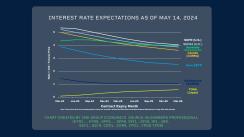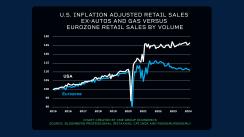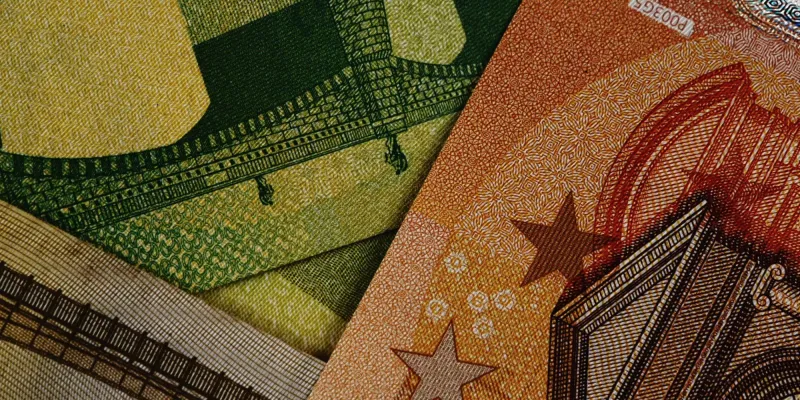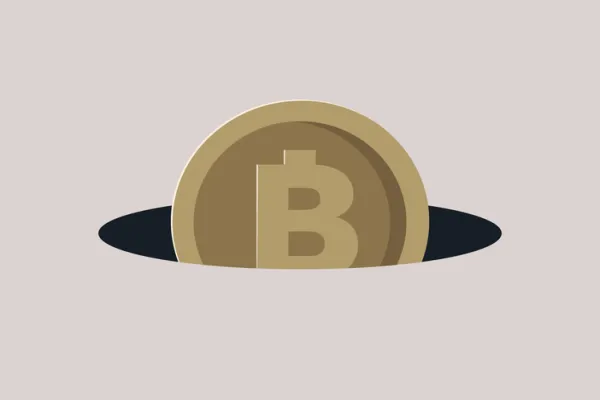Erik Norland, CME Group
At a Glance:
- Declining inflation and slower growth have contributed to the rising potential for rate cuts in Europe
- The European Central Bank’s decision around rate cuts will likely be influenced by the euro’s strength
Part of the answer lies in Europe’s growth numbers which have been much weaker than those of some other countries. For example, since late 2020, American consumers have been spending enough money to at least keep pace with inflation. By contrast, inflation-adjusted retail sales in Europe peaked over two years ago and have been gently declining ever since.


A Weaker Euro?
Moreover, unlike the Fed, which has been pushing back on the idea of imminent rate cuts, the ECB has publicly embraced the idea. That said, there could be one potential obstacle: the euro currency itself. If the euro were to weaken and drop through parity, that might give the ECB pause about cutting rates.A weaker currency could slow progress on core inflation by raising import prices. The ECB often stated in the past that it wants the euro to “be a strong currency.” As such, any weakening in the euro through parity could lead the ECB to reconsider the potential pace of policy easing.





